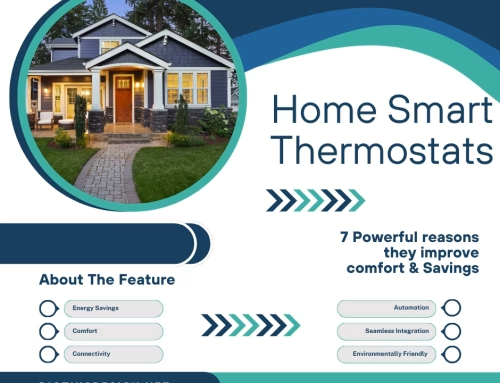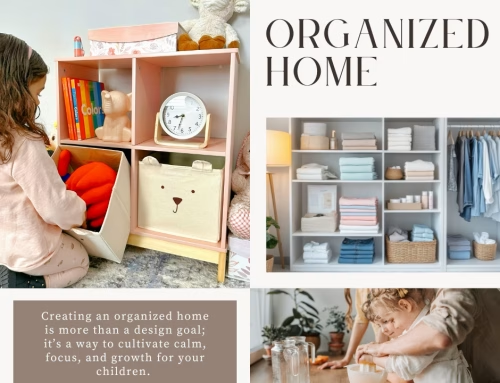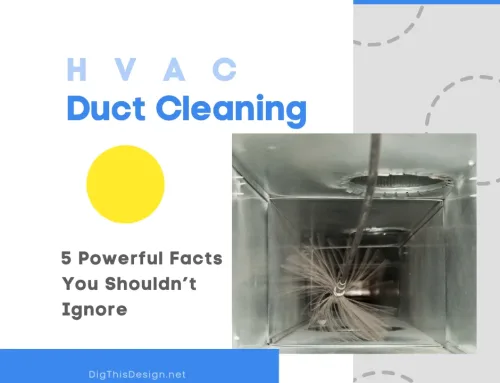Your heating, ventilation, and air conditioning (HVAC) system requires routine cleaning and maintenance. This way, you can ensure that it’s functioning well throughout the year. You can extend its lifespan when it’s maintained well, saving you from buying a new one. While maintaining them may seem tedious, it’s worth the extra effort for your own convenience.
Check out these tips to make cleaning your HVAC system easy
1. Plan a Regular Maintenance
One of the basic things you should know as a homeowner is that having a regular professional cleaning schedule for your HVAC system is essential. This means checking in with the nearest HVAC system maintenance company near you. You can also search online for asapair.co.nz services.
You can also sign up to be on a monthly schedule. Therefore, even if you forget about it, the company will contact you when your system is up for maintenance.
As a result, you can enjoy having an HVAC system that can keep you warm in the winter and cool in the summer. Aside from that, you can prevent the chances of developing future problems such as the sudden breaking of your system.
Most importantly, you can ensure having lower energy bills since an HVAC system that runs at its peak efficiency doesn’t need more energy to cool or heat your home. On the other hand, a poorly maintained system may not give you enough cool or hot air as it uses more energy. The more energy your HVAC use, the higher your electricity bills will be.
2. Regularly Change the Filters
Air filters in HVAC systems are an essential yet overlooked part. An air filter traps dust, dirt, pollen, allergens, and other substances from the air you breathe. If your air filters are dirty, there’s a huge risk of developing respiratory problems, like triggering asthma attacks and pneumonia. So, it’s crucial to change your HVAC air filters regularly to avoid costly medical expenses and related stress. While booking maintenance from a professional will do, it’s also a must to do some of the work yourself. This includes changing the filters of your system regularly.
You can change your disposable filters every one to three months. But if you have pets or it’s allergy season, you shouldn’t wait for three months before changing the filters. You may change them as soon as they’re full of dust, dirt, or any other contaminants that may stick on them. By doing so, you can ensure that your HVAC can filter large and small particles from your home, helping you enjoy clean indoor air.
If you recently adopted a pet, you can replace your old HVAC air filter with a high-efficiency particulate air filter or HEPA, trapping up to 99.97 percent of airborne particles. HEPA filters can trap small as 0.1 to 0.3 microns.
Furthermore, fitting a filter furnace can help reduce the number of suspended air particles that trigger pet allergies. Ensure the air filters are installed correctly to perform their intended purpose well. Otherwise, it’s best to seek an HVAC expert’s help.
3. Annually Clean Coils
Another reason to change filters is to prevent rapid soiling of your evaporator coil. The condenser and evaporator coils naturally collect dirt or soil. However, when there’s too much dirt accumulation, it can reduce the ability of the evaporator coil to absorb heat, since dirt can reduce its airflow. Therefore, it’s best to check and clean your coils annually.
As for the condenser coils located outdoors, they may collect more dirt if foliage surrounds the environment or is dusty. Thus, you may have to check the condenser coils more often than the evaporator coil. You can quickly know if there’s dirt buildup by checking if the fins are dirty.
While you may not control outdoor dirt from accumulating, you can minimize the potential sources of debris and dirt near your condenser unit. This includes cleaning or moving falling leaves and dryer vents away from your unit. These should be at least 0.6 meters or two feet away from your unit. This way, you can ensure that your unit has adequate airflow.
You can watch HVAC expert video tutorials on how to clean condenser coils. But if you’re too busy to perform HVAC cleaning, you can seek the professional services of a Richardson heating and air company or one in your area. That way, the HVAC professional can also perform annual preventive maintenance to assess and resolve adjacent issues with your HVAC system.
4. Clean the Evaporator Drain
You shouldn’t only clean the evaporator coil but also its drain. The drain tube is where the water flows after the air condensed on the evaporator coil. Even if the water will go out from the drain tube to the outside, utility sink, or basement floor drain, it’s still necessary to clean it.
That’s because mold and algae build up over time, which can clog the drain. This will then result in your system cooling off as it tries to avoid flooding if your unit has a drain float. A clogged drain can also flood the floor, which can cause damage to your property.
You can clean the drain by using a dry or wet vacuum. But remove the paper filter of the vacuum so you won’t ruin its filter. Then, connect the vacuum’s hose to the drainpipe’s end, let the vacuum do its job for at least two to three minutes. Vacuuming the drain pipe will help remove any buildup clogging your drain.
Conclusion
You can ensure that your HVAC system routine cleaning is done right by knowing the things above. Whether you’re hiring professional services or doing it on your own, make sure to include the filters, coils, and drain in your routine cleaning. By keeping them clean, you can ensure your HVAC system will not get damaged quickly.
Other Posts You Might Enjoy:
Your Air Conditioning Unit; What to Check Before You Call for Service
5 Most Common Air Conditioning Problems and Their Solutions





